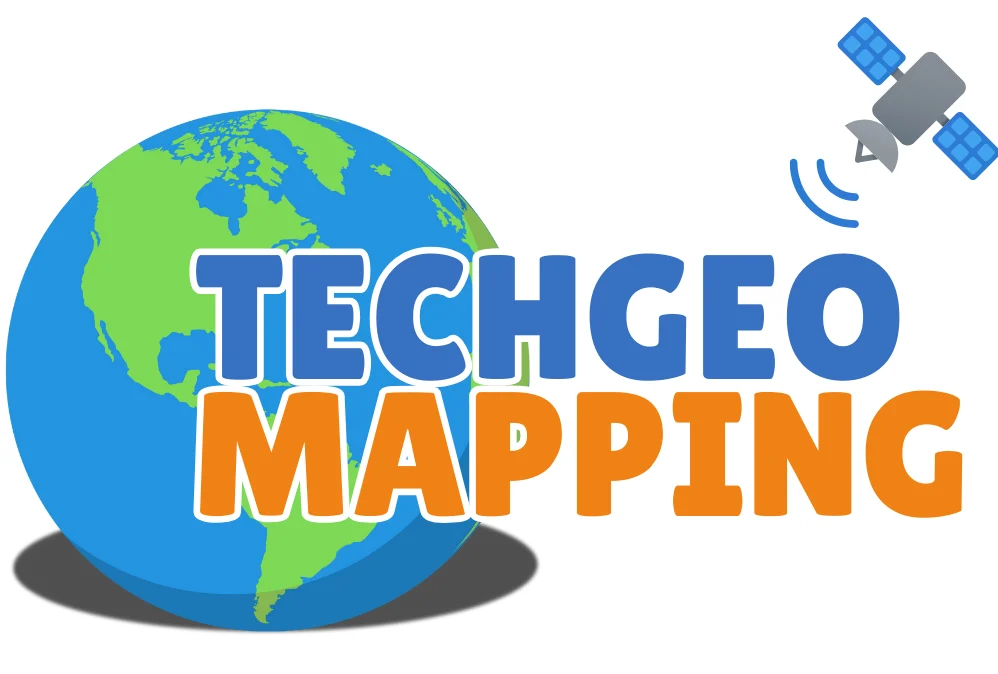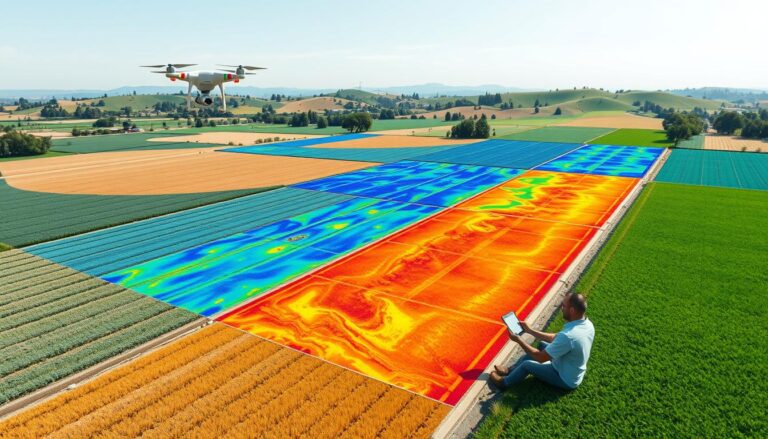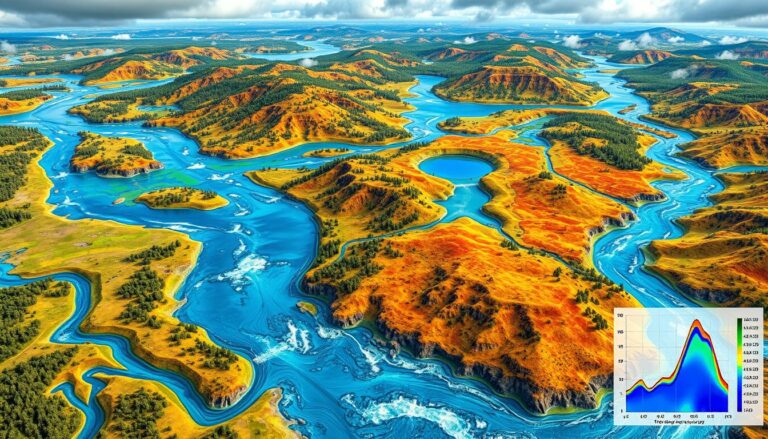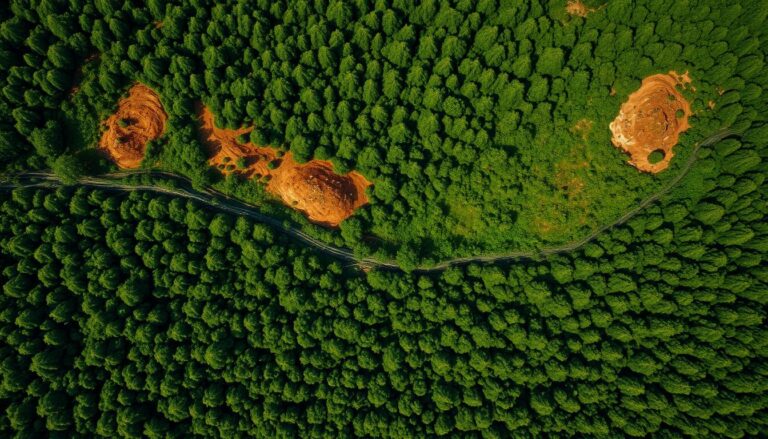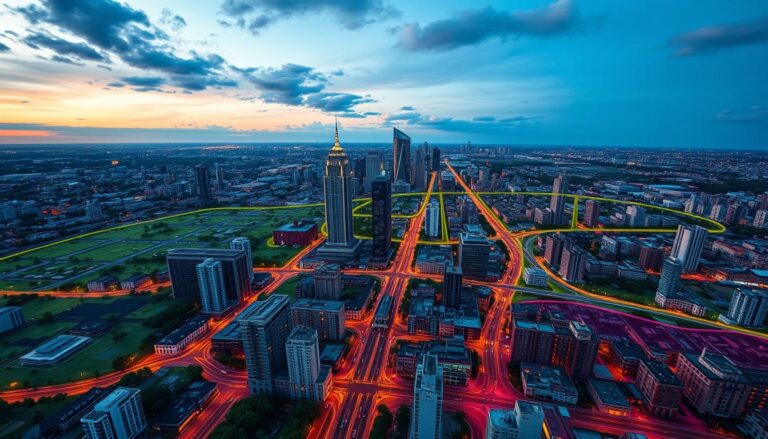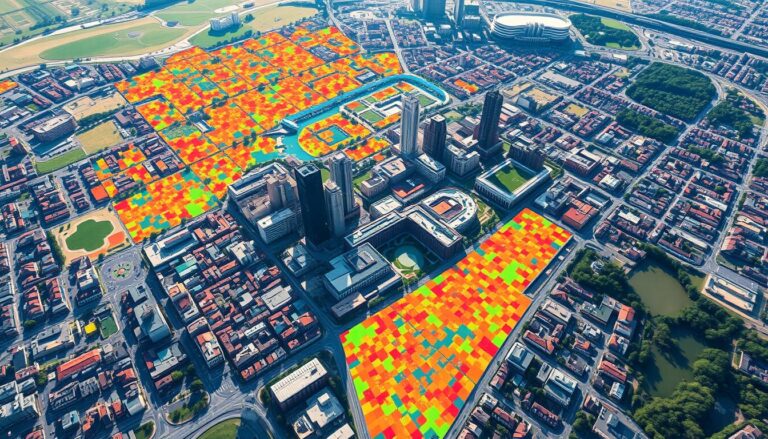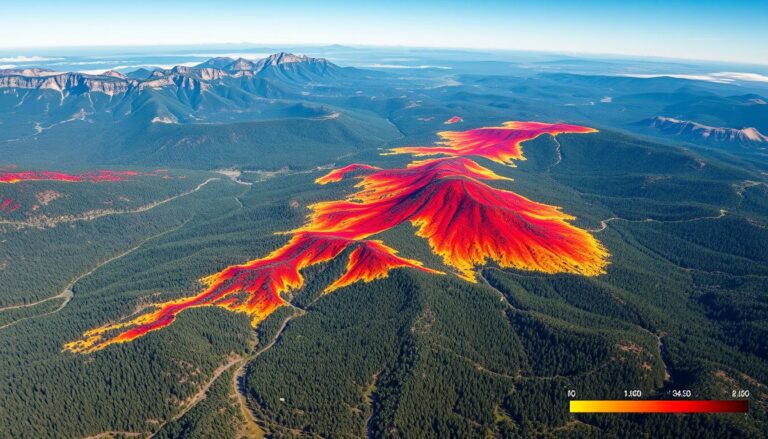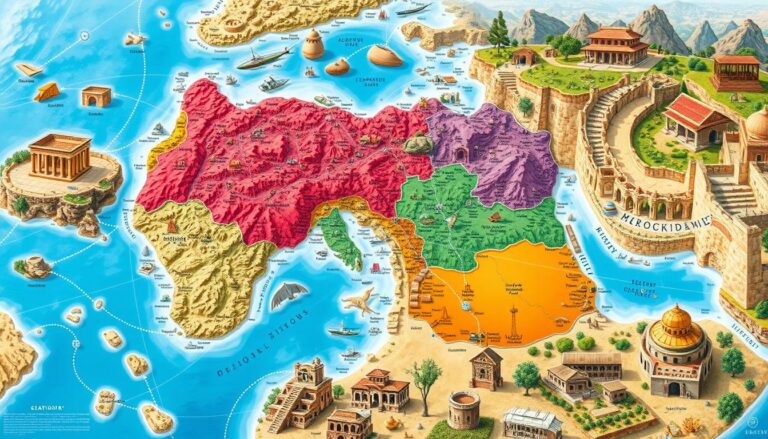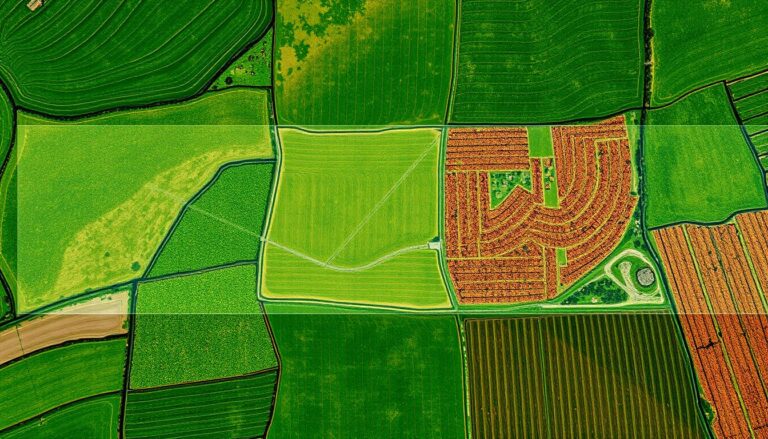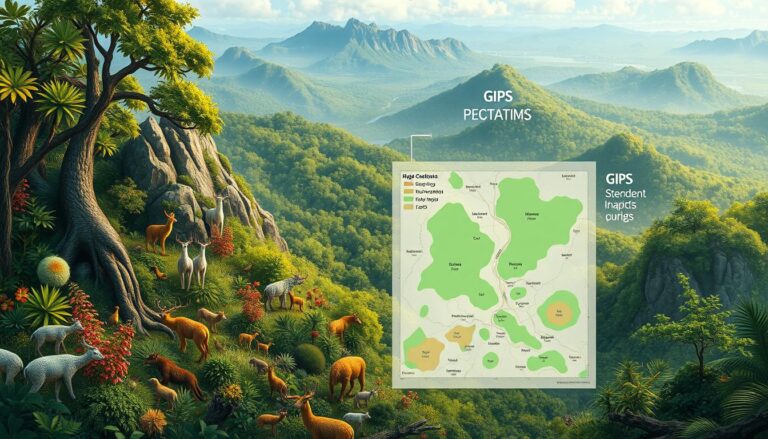Boosting Agricultural Productivity with GIS
In today’s agriculture, Geographic Information Systems (GIS) is a big change. It helps make farming more productive and green. GIS mixes data with tools for analysis, changing how we manage crops and use resources. GIS lets farmers and experts use data to make better choices. They can use resources better and grow more crops. It’s…
